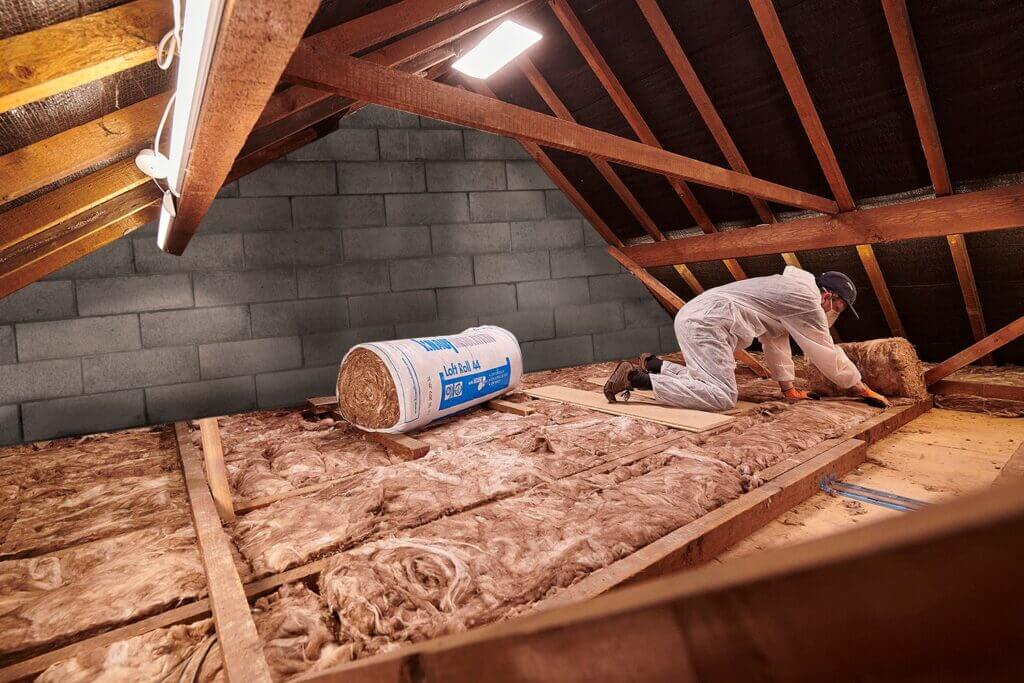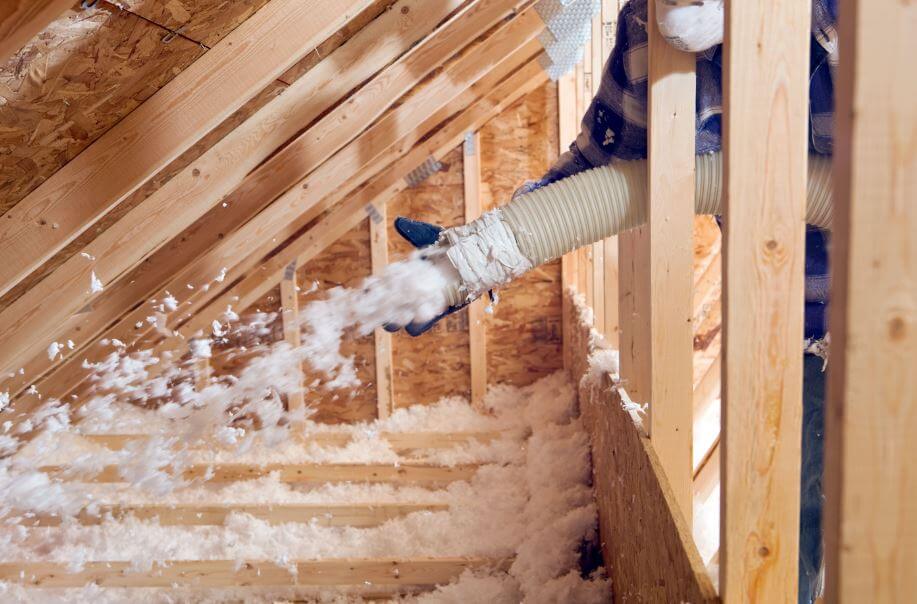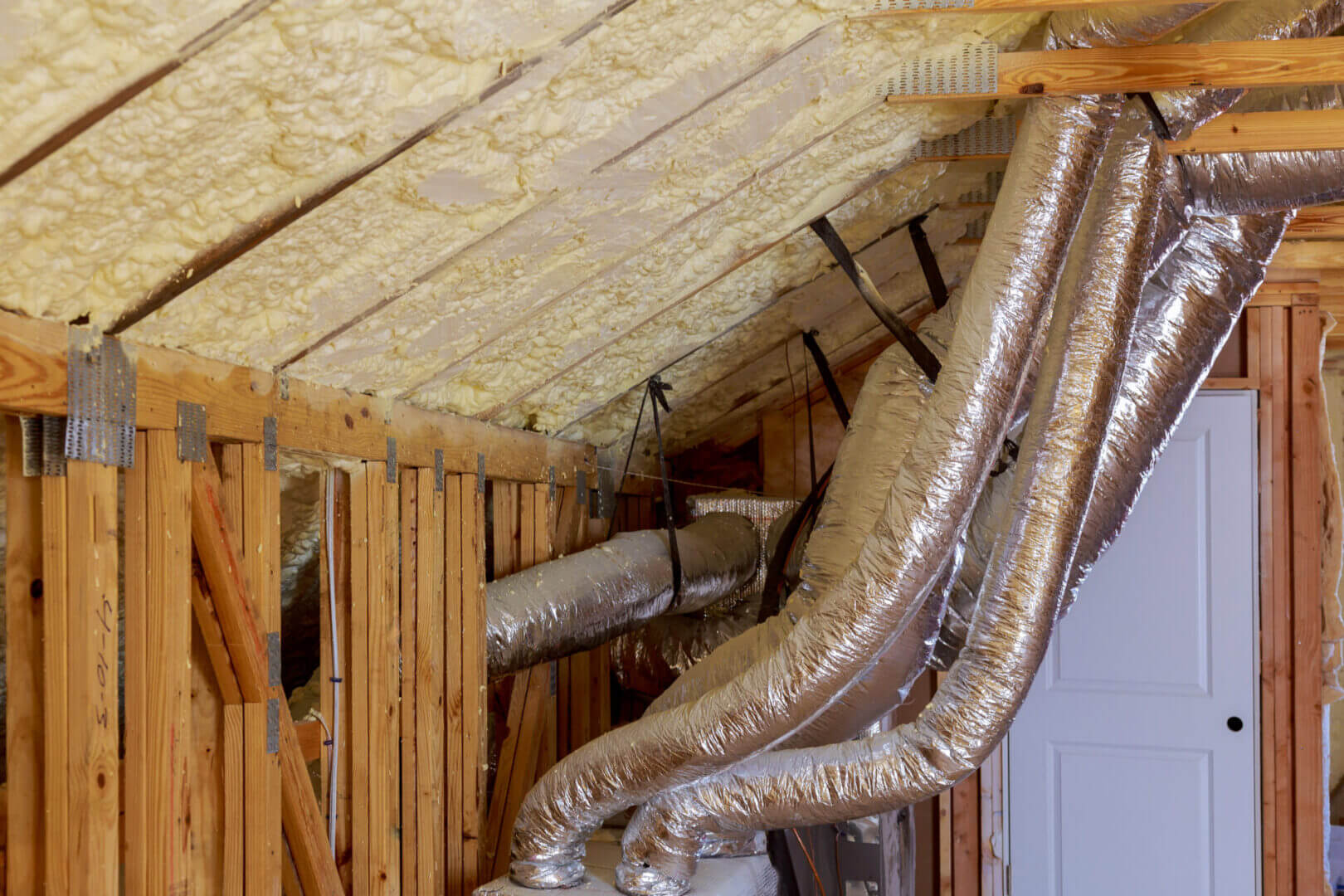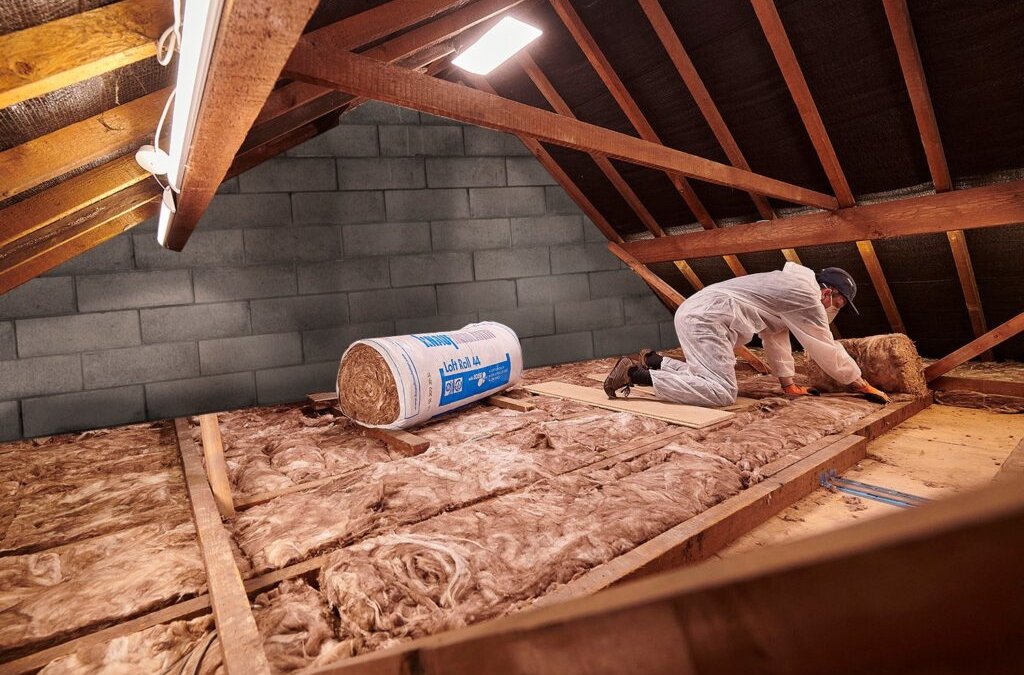 Insulating your attic is one of the most effective ways to improve the energy efficiency, comfort, and indoor air quality of your home. By preventing heat transfer between the interior and exterior of your home, attic insulation helps maintain consistent temperatures, reduce heating and cooling costs, and create a more comfortable living environment year-round.
Insulating your attic is one of the most effective ways to improve the energy efficiency, comfort, and indoor air quality of your home. By preventing heat transfer between the interior and exterior of your home, attic insulation helps maintain consistent temperatures, reduce heating and cooling costs, and create a more comfortable living environment year-round.
However, before embarking on an attic insulation project, there are several important considerations to keep in mind. In this blog, we’ll explore key factors to know before going for attic insulation in cape coral to ensure a successful and cost-effective home improvement project.
1. Assess Your Current Insulation Levels
Before adding new insulation to your attic, it’s essential to assess your current insulation levels and determine if additional insulation is needed. The recommended insulation levels vary depending on factors such as climate, location, and the age of your home.
The U.S. Department of Energy provides guidelines for recommended insulation levels based on geographic regions. You can measure your existing insulation depth or consult with a professional insulation contractor to determine if your attic meets these recommendations.
2. Choose the Right Insulation Material
 There are several types of insulation materials available for attic insulation in cape coral, each with its own advantages and considerations. Common options include fiberglass batts, cellulose, spray foam, and mineral wool.
There are several types of insulation materials available for attic insulation in cape coral, each with its own advantages and considerations. Common options include fiberglass batts, cellulose, spray foam, and mineral wool.
Factors to consider when choosing insulation material include R-value (thermal resistance), moisture resistance, fire safety, and installation method. Consult with an insulation professional to determine the best insulation material for your attic based on your home’s specific needs, budget, and performance requirements.
3. Consider Air Sealing
In addition to insulation, air sealing is an important aspect of attic energy efficiency. Air leaks in the attic can compromise the effectiveness of insulation and lead to energy loss, moisture problems, and indoor air quality issues.
Before insulating your attic, consider conducting an air sealing assessment to identify and seal any gaps, cracks, or openings in the attic space. Common air sealing measures include caulking around penetrations, sealing attic bypasses, and installing weatherstripping around attic access points.
4. Address Ventilation Needs
 Proper attic ventilation is essential for maintaining a healthy attic environment and preventing moisture buildup, mold growth, and structural damage. Before insulating your attic, assess your attic ventilation system to ensure it meets current building code requirements and provides adequate airflow.
Proper attic ventilation is essential for maintaining a healthy attic environment and preventing moisture buildup, mold growth, and structural damage. Before insulating your attic, assess your attic ventilation system to ensure it meets current building code requirements and provides adequate airflow.
Consider installing or upgrading soffit vents, ridge vents, gable vents, or attic fans as needed to promote air circulation and prevent overheating in the attic space.
5. Hire a Professional Insulation Contractor
Insulating an attic is a complex home improvement project that requires expertise and precision to ensure optimal results. Hiring a professional insulation contractor with experience in attic insulation is highly recommended. A qualified contractor can assess your attic’s insulation needs, recommend appropriate insulation materials and techniques, and ensure proper installation and air sealing.
Additionally, working with a licensed and insured contractor can provide peace of mind and protection in case of any issues or complications during the insulation process.
Final Words
Insulating your attic is a smart investment that can improve your home’s energy efficiency, comfort, and indoor air quality. Before proceeding with attic insulation, assess your current insulation levels, choose the right insulation material, consider air sealing and ventilation needs, hire a professional insulation contractor, and explore energy efficiency incentives.
By considering these key factors and working with a trusted insulation professional, you can ensure a successful attic insulation project that enhances the comfort and efficiency of your home for years to come.
Steven Bennett
Related posts
Stay connected
- How LoveOn Chat Is Becoming the Most Versatile AI Companion for Digital UsersThe internet keeps shifting toward hyper-personal interaction, and AI companions are at the center of this shift. What used to be simple chatbots are now evolving into emotionally aware, adaptive, and multi-functional digital partners. Among the new generation of platforms, LoveOn Chat is becoming one... The post How LoveOn Chat Is Becoming the Most Versatile […]

